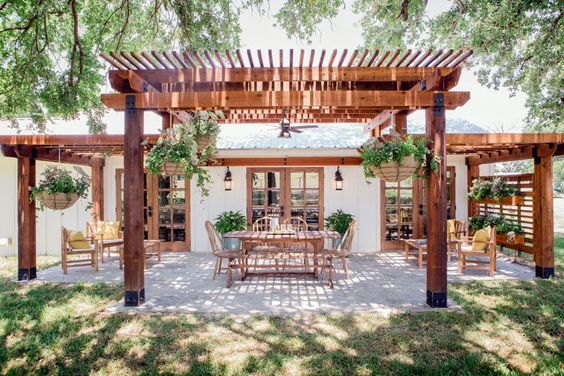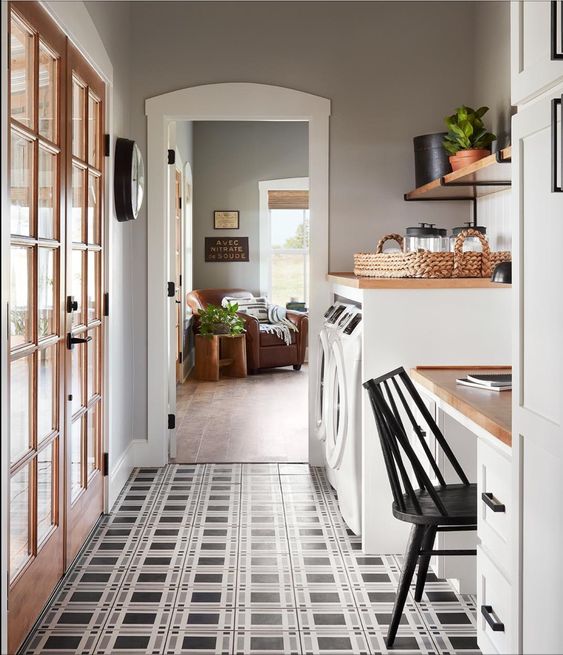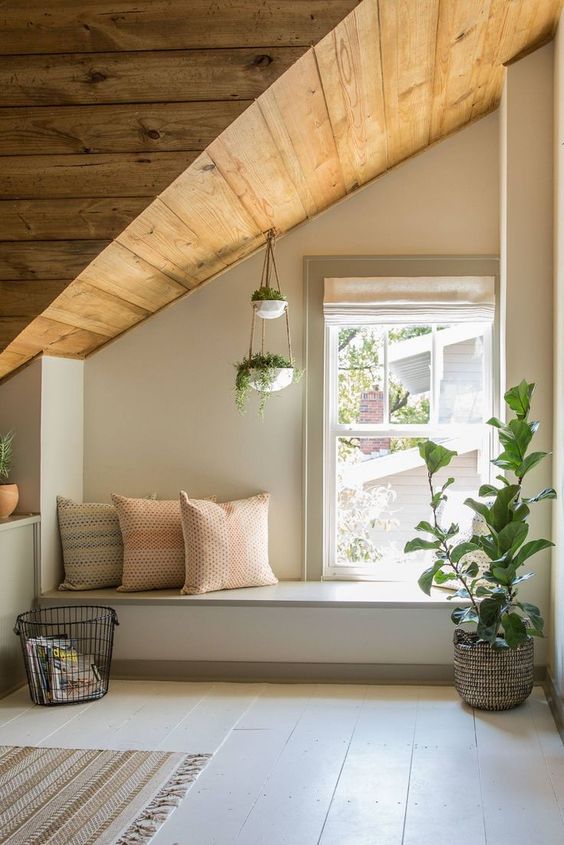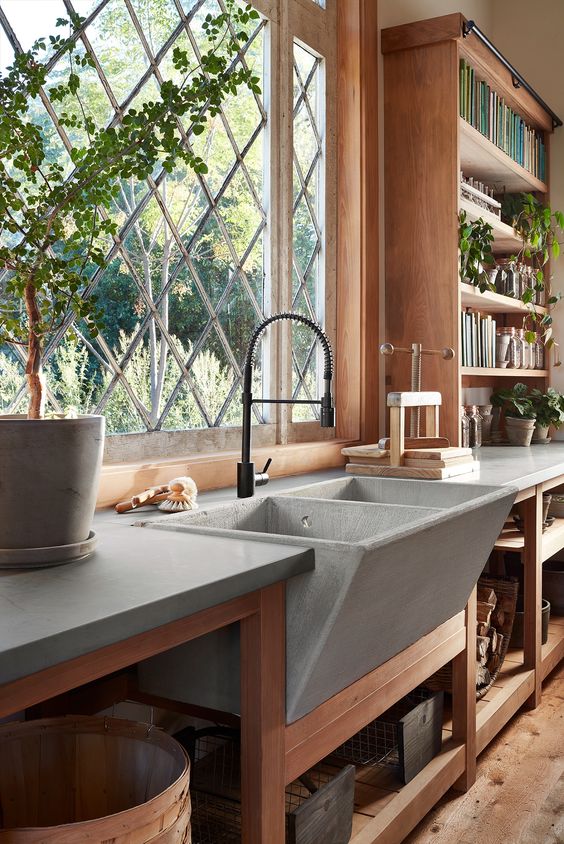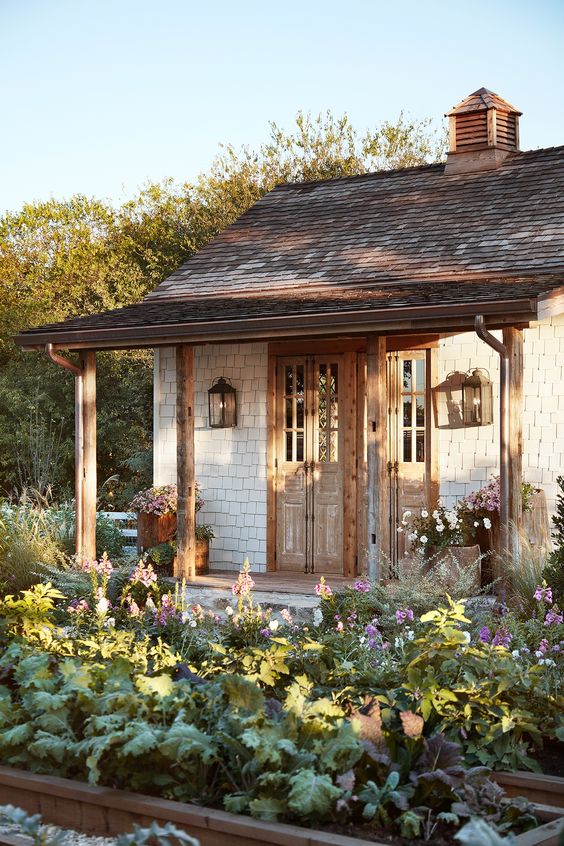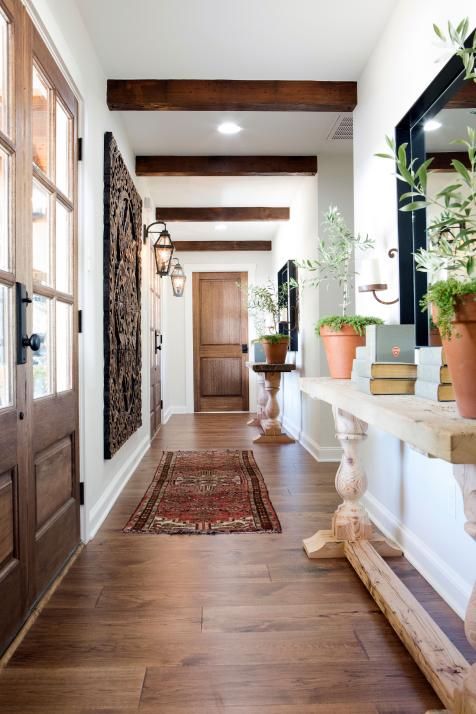3 Things Everyone Should Know Before Buying A Fixer-Upper
Buying a fixer-upper can be a great way to secure a bargain and obtain your dream home. As you will be undertaking a full renovation you’ll have a completely blank canvass; everything can be designed and finished to your own personal specification (no agonizing over whether to rip out that brand new kitchen fitted by the previous owner that you just can’t stand!). Fully renovated properties can sell for significantly more than their poorly maintained counterparts, particularly if you are undertaking improvements such as extending into the garden or loft, so a properly planned renovation project has the potential to greatly improve your position on the housing ladder.
However, where there is an opportunity, there are also pitfalls. The cost of renovating a property can be unpredictable, particularly if there are significant defects. If the costs of renovation significantly exceed your budget because of unforeseen defects you might find that your fixer-upper bargain quickly turns into a money pit. In the following paragraphs, we will examine the ‘big three’ risks when buying a property which has been poorly maintained; movement, dampness, and timber defects.
Movement?
A degree of movement within residential properties is common, particularly in the older housing stock. In most cases it won’t be anything to fret about – some initial settlement and even a degree of seasonal movement often occur without ever posing a threat to the structural integrity of the property. However, significant and ongoing movement can be a serious problem. There are various potential causes, ranging from foundation related failure to lintel failure to an overloaded roof structure.
Movement often presents as cracking to walls, particularly at points of structural weakness such as around window and door openings. In more extreme cases there may be bowing and distortion to walls and floors. Serious cases of movement can require expensive repairs, such as strengthening walls and roof structures, or even underpinning, alongside removing the cause of the movement, which could range from removing trees or repairing drains to even recovering a roof.
Dampness?
Dwellings need to be weathertight – when they are not, dampness will permeate, leading to damage to internal decorations, mold growth, and potentially even timber defects. Again, a degree of dampness is not unusual in older houses, particularly those built before the 1950s with solid brick walls. Probably the most common cause is faulty rainwater goods, saturating external walls and leading to damp permeating internally.
Many older houses were built without a damp proof course (DPC), or with a slate DPC which has deteriorated over time, and this can result in rising dampness. If your renovation project has been poorly cared for in recent years the roof covering will need close examination to ensure that it is sound and weathertight. Repairs can range from the simple and relatively inexpensive, such as repairing faulty rainwater goods or lowering external ground levels to remedy rising dampness, to the extensive and expensive, such as replacing roof coverings or introducing a new DPC.
Are there timber defects?
Timber defects such as dry rot, wet rot and woodboring insects will often occur as a result of dampness and can pose a significant threat to the structural integrity of a home. Dry rot will typically present as a fungal growth accompanied by cuboidal cracking to the timber, whereas wet rot can be identified by discoloration and softness to the timber.
Woodboring insect infestations will leave small holes, known as flight holes, in the timber, although it can often be hard to tell whether these result from a current or historic infestation. Areas prone to developing timber defects will often be concealed, such as floor structures, so it’s important to consider the likely condition of the element with reference to the type of construction and presence of other defects e.g. a timber ground floor with no subfloor ventilation in a house suffering from rising damp will be at much greater risk than one in a house that’s dry and where the subfloor is properly ventilated. Again, repairs can be costly, involving chemical treatments and even the replacement of affected timbers, alongside remedying the cause of the defect.
Whilst a renovation project can be a great way to obtain your ideal home and secure a better position on the housing ladder it is not without risk. If you are considering buying a fixer-upper a full survey by an established Chartered Surveyor, such as Peter Barry, is a must to reduce the risk of your dream home becoming a DIY nightmare.

